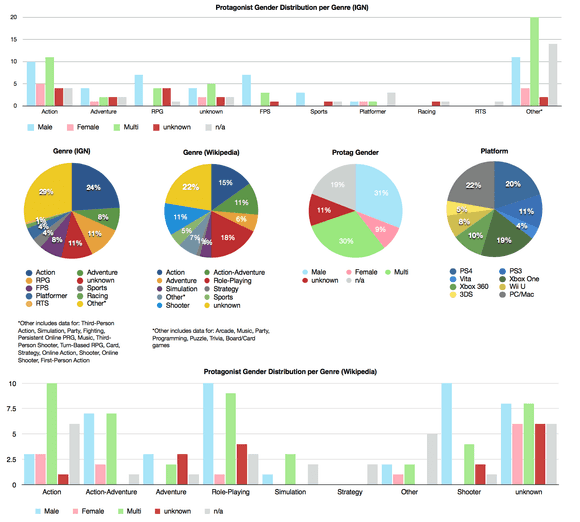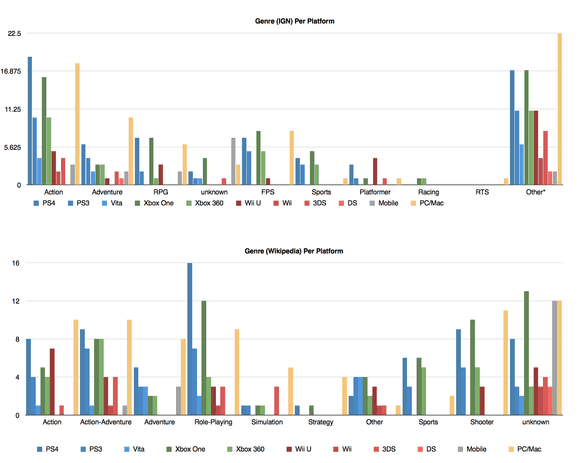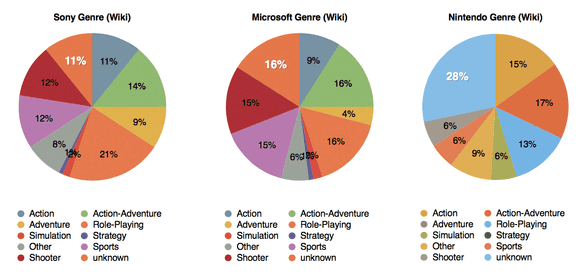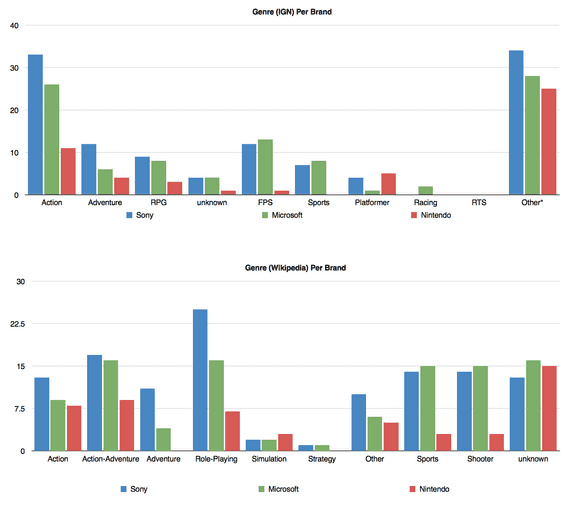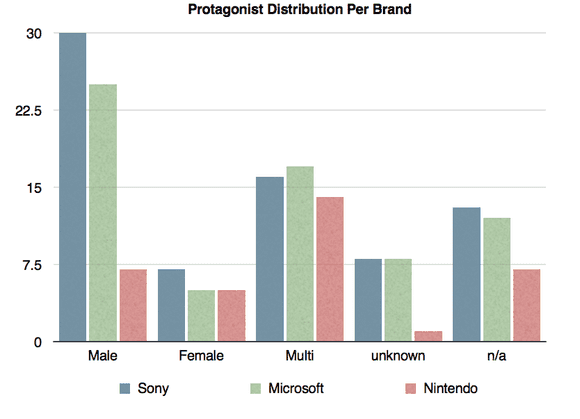One Tool to Rule Them All
An important read about Tim Sweeney and Epic Games covering Unreal Engine, it’s use in interactive experiences from cinema to video games, the potential of VR and AR, and the state of free-to-play.
When asked if Unreal Engine 4 will span the next 10 years, Sweeney says that it’s for the foreseeable future, that Unreal Engine will get to “the promised land,” a vision of the future Sweeney’s hinted at earlier in the day during his speech at the Game Developers Conference. “This is the word I was afraid to use earlier. This is the convergence of all these forms of media.”
Technologists, media theorists, and game designers spoke of the convergence ad nauseam in the 1990s, when film and video games came together in a garbage fire of media that could neither be called a good game nor a good film. In the 2000s, the convergence was replaced with the notion of transmedia, with entertainment spread across different mediums, connected through a shared universe or narrative. However Sweeney believes the convergence is making a comeback, that the graphics world is seeing humans and technology meeting at a unified point. Sweeney sees photorealistic 3D objects and lighting and virtual reality attracting game designers, sure, but also industrial designers, architects, and film makers to engines like Unreal Engine 4.
In this future, or present if you ask Sweeney, lessons learned from one field, say an architect designing a virtual building, can be applied to games or film, and likewise. Sweeney believes the potential application of the engine across all fields increases exponentially as information is shared.
All of this raises the question: does Epic Games identify purely as a games company? “We’re realizing now that Unreal Engine 4 is a common language between all these common fields.” Sweeney doesn’t see the industries as all that different. More interesting than Sweeney’s prediction of field-sharing information and experience is the speculation of the fields in some ways merging together. For their most recent demo, Epic Games partnered with Weta to create a VR demonstration featuring the dragon Smaug from the The Hobbit.
The separation between game and experience and art is becoming more defined. Under the guise of this piece, interactive experiences such as Journey and Dear Esther feel like the blossoms of Tim Sweeney’s greater vision, most recently demonstrated with Smaug.
Update: I failed to mention the main reason why this important. Not only does the diversity of Unreal Engine 4 practical uses help clarify the categories of computer generated media, there’s this:
… this year, Unreal Engine 4 is free — the company asks for a 5 percent royalty for any commercial product made with the engine that makes more than $3,000 a quarter.
Commercial product: a product that can make money (i.e. video games, VR/AR experiences, movies, TV shows, YouTube shorts, amateur animations, etc.).

